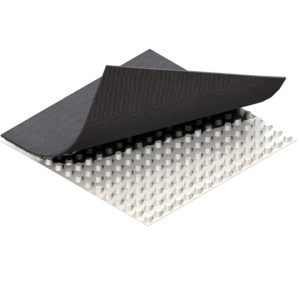The Ultimate Guide to Understanding Triangles: Types, Properties, and Applications
The Ultimate Guide to Understanding Triangles
Triangles are among the most fundamental shapes in geometry, appearing everywhere from ancient architecture to modern engineering. Understanding their properties opens doors to comprehending complex mathematical concepts and real-world applications.
Core Properties Every Learner Should Know
Every triangle has three sides, three angles, and three vertices. The sum of interior angles always equals 180 degrees, a key property used in numerous geometric proofs. Triangles maintain rigid structural integrity, making them essential in construction and design.
Exploring Different Triangle Types
Triangles are classified by sides and angles. Equilateral triangles have three equal sides and angles. Isosceles triangles feature two equal sides, while scalene triangles have no equal sides. Angle-based classifications include acute (all angles < 90°), right (one 90° angle), and obtuse triangles (one angle > 90°).
Practical Applications in Daily Life
From bridge trusses to satellite dishes, triangular principles ensure stability and efficiency. Navigation systems use triangulation for precise location tracking, and computer graphics rely on triangular meshes for 3D modeling.
Frequently Asked Questions
Why are triangles structurally strong?
The triangular distribution of forces prevents deformation, making it the only rigid polygon in construction.
How do I calculate a triangle’s area?
Use the standard formula: Area = ½ × base × height. For irregular triangles, Heron’s formula applies.
Master Triangular Concepts Today
Ready to dive deeper? Explore our comprehensive triangle fundamentals guide with interactive exercises. Perfect your geometry skills—start applying triangular principles to solve real-world problems now!


